imyself
Member
- Joined
- May 23, 2014
- Messages
- 51
- Format
- 35mm
Hi everyone,
I've just bought from an elderly women her late husband's developing and darkroom equipment lock, stock and barrel. This includes some chemicals which I understand to have a long shelf life; HC 110 and Rodinal. The HC 110 has an expiration year of 2004-2005 but to the naked eye has not discolored or formed any sedement. The rodinal is unopened but has obvious concretions accumulating in the bottom of the bottle that partially dissolve, as far as I can tell, with vigorous shaking. Ive also got a bottle of viradon, which seems of similar vintage to the rodinal, but haven't read anything about it being exceptionally long lived. Can any of the industrial archaeologists out there advise me of the viability of the above chemicals and perhaps when they might have been manufactured?
Regards
Adam
PS
Ive also got a stack of old B&W paper that's long expired. Ill post a similar question about them separately.
I've just bought from an elderly women her late husband's developing and darkroom equipment lock, stock and barrel. This includes some chemicals which I understand to have a long shelf life; HC 110 and Rodinal. The HC 110 has an expiration year of 2004-2005 but to the naked eye has not discolored or formed any sedement. The rodinal is unopened but has obvious concretions accumulating in the bottom of the bottle that partially dissolve, as far as I can tell, with vigorous shaking. Ive also got a bottle of viradon, which seems of similar vintage to the rodinal, but haven't read anything about it being exceptionally long lived. Can any of the industrial archaeologists out there advise me of the viability of the above chemicals and perhaps when they might have been manufactured?
Regards
Adam
PS
Ive also got a stack of old B&W paper that's long expired. Ill post a similar question about them separately.





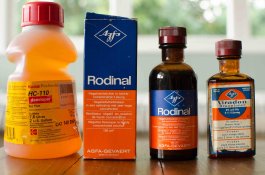
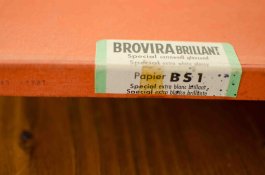
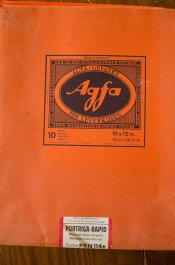
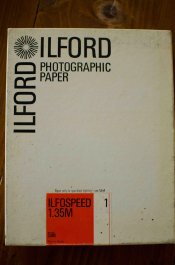
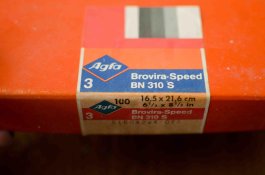

 . +1 on the keeping qualities of Rodinal btw.
. +1 on the keeping qualities of Rodinal btw.

